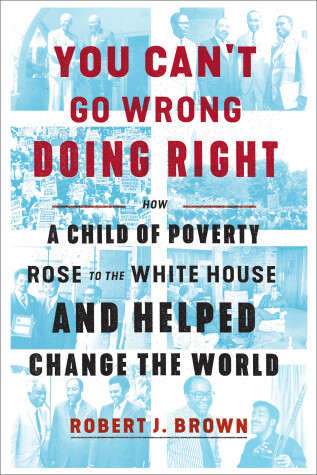My first thought reading this book was, "Why have I never heard of this man?" My second was, "This is like real-life Forrest Gump." The man popped up at many of the major events of the 20th century in two countries.
When I finished I had to take a minute to review how this had happened.
- He was born in poverty in the south but was able to get an education over time.
- He took the police test for research but ended up scoring really high. He became one of the first black officers in his area.
- He started doing undercover drug work which led to him getting hired by the FBI to do that kind of work in New York City.
- That got dicey so he quit to go back to North Carolina to start a public relations firm. That was rough going.
- When students were protesting in Woolworth's because of segregation at the lunch counters, he went to Woolworth's and told them that he could negotiate a settlement.
- He became a fixer for companies that had racial issues.
- This led to him meeting and getting to know all the big civil rights leaders in the 1960s and helping them with corporate funding from the clients he had.
- He decided getting stuff done from the inside was more effective so he went to work for the Republicans in the Nixon White House to increase business funding to black people.
- Along the way he hired Stedman Graham who introduced him to his girlfriend Oprah Winfrey who was getting into television.
- He paid for the Mandela children to come to the U.S. for college.
- He ended up talking to the President of South Africa about whether or not to release Nelson Mandela.
I probably forgot some stuff in the middle. It was a wild ride.
It was interesting perspective to read about. At many points he was considered to be working for "the wrong side" by the black community. He worked for companies being protested against. He worked for Republicans. But he was able to work behind the scenes to potentially make more actual progress that he might have been able to in more traditional civil right roles.
This is a long video but you can listen for a bit to hear him tell his story.This review was originally posted on Based On A True Story
